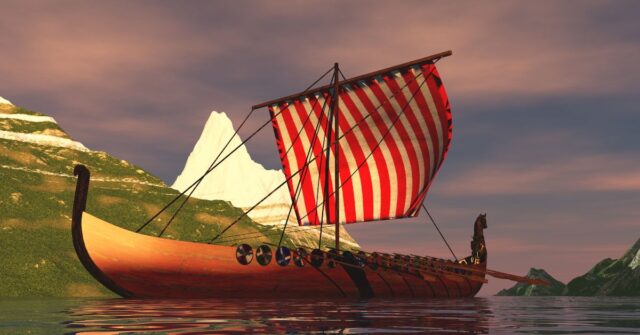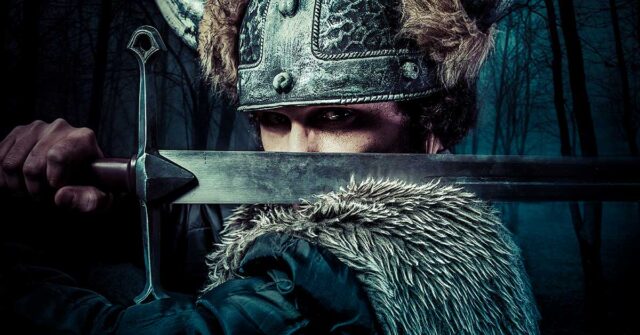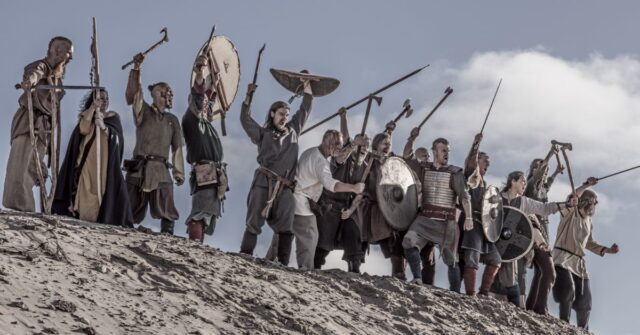Norse mythology, the vibrant tapestry of tales and legends that emerged from the spiritual beliefs of the Vikings, has captivated imaginations for centuries.
These stories, chronicling the lives of gods and goddesses, heroes, and otherworldly creatures, offer a fascinating glimpse into the world of the Viking Age.
In this article, we will delve into the captivating tales of Norse mythology, focusing on the gods and goddesses of the Viking pantheon, as we explore their roles and influence in shaping the lives of these fierce warriors.
The Aesir and the Vanir: A Pantheon Divided
Norse mythology’s gods and goddesses can be broadly classified into two groups: the Aesir and the Vanir.
The Aesir, primarily associated with war and governance, resided in the realm of Asgard. In contrast, the Vanir, associated with fertility, prosperity, and nature, dwelled in Vanaheim.
Despite their differences, the Aesir and Vanir eventually formed an alliance after a prolonged conflict known as the Aesir-Vanir War.
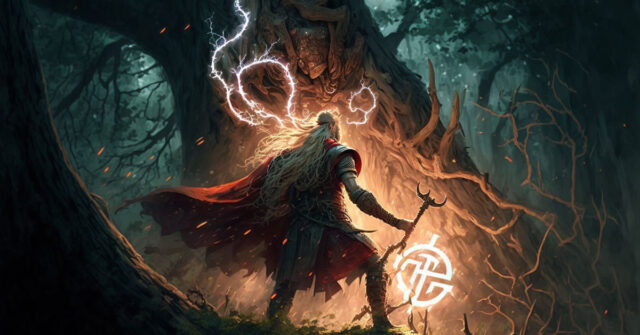

The Aesir: Protectors and Rulers
The Aesir, a group of powerful deities residing in Asgard, play crucial roles as protectors and rulers in the tales of Norse mythology.
Known for their martial prowess and wise governance, these gods and goddesses exemplify the valor and strength that the Vikings admired.
Let’s delve into the stories of some of the most prominent Aesir and uncover the traits that made them legendary figures.
Odin: The Allfather
Odin, the chief god of the Aesir, was associated with wisdom, war, poetry, and death. Known as the Allfather, he ruled Asgard from his throne, Hlidskjalf, which allowed him to observe all nine realms.
Odin was an insatiable seeker of knowledge, sacrificing one of his eyes to drink from the Well of Wisdom and hanging himself from the world tree, Yggdrasil, to obtain the secrets of the runes.
Thor: The Thunder God
Thor, Odin’s son, was the god of thunder and a mighty warrior. Wielding Mjolnir, a powerful hammer forged by dwarves, Thor was the protector of both gods and humans.
He primarily fought against the giants and was revered as a symbol of strength and courage.
Loki: The Trickster
Loki, a shapeshifting god associated with trickery and mischief, was both an ally and a nemesis to the Aesir. Though not directly related to Odin, Loki was considered part of the Aesir due to his strong connection with Odin.
Loki’s cunning and deceitful nature led to many complicated situations among the gods, ultimately contributing to the prophesied destruction of the gods, Ragnarok.
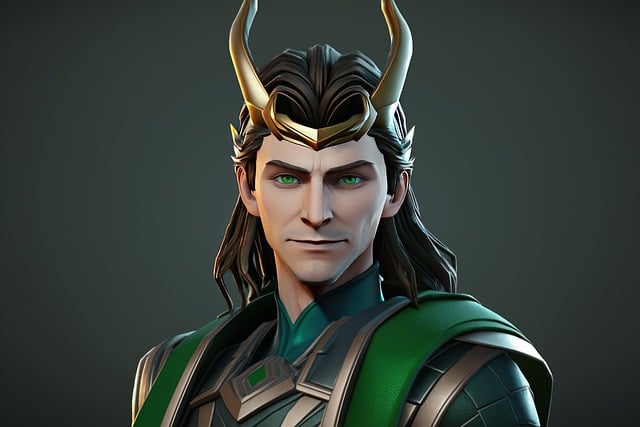

The Vanir: Gods of Fertility and Nature
In stark contrast to the warrior-like Aesir, the Vanir were gods and goddesses of fertility and nature, revered for their ability to bring prosperity and abundance.
Hailing from the realm of Vanaheim, these deities were intrinsically linked to the cycles of life and the nurturing aspects of the natural world.
Join us as we explore the captivating tales of the Vanir and their profound connection to the earth and its bounties.
Freyja: The Goddess of Love and War
Freyja, the most famous of the Vanir goddesses, was associated with love, fertility, and war. As the leader of the Valkyries, she received half of the slain warriors in her hall, Sessrumnir, while the other half went to Odin’s hall, Valhalla.
Freyja’s beauty and charm were legendary, and she possessed a magical necklace called Brisingamen, which amplified her allure.
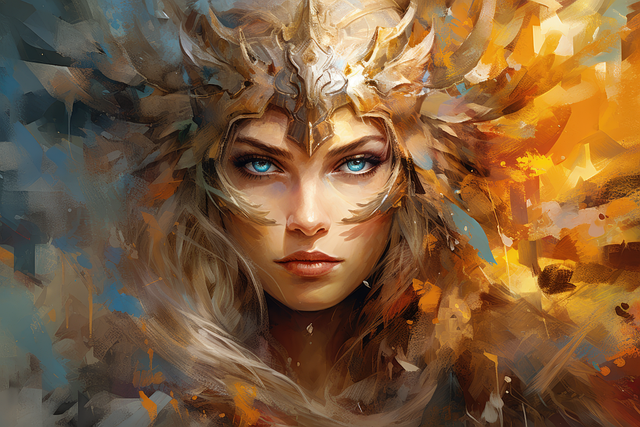

Freyr: The Bountiful God
Freyr, Freyja’s brother, was the god of fertility, abundance, and peace. As a symbol of prosperity, he was often depicted with a golden boar or a magnificent ship.
Freyr was also associated with good weather and bountiful harvests, making him a beloved deity among farmers.
Njord: The God of the Sea
Njord was the Vanir god of the sea, winds, and wealth. As the father of Freyja and Freyr, he was a symbol of fertility and abundance.
Sailors and fishermen revered him as a protector, offering prayers and sacrifices for safe journeys and bountiful catches.
Njord’s marriage to the giantess Skadi, a goddess of winter and hunting, symbolized the balance between the sea’s abundance and the harshness of the mountains.
The Æsir- Vanir Exchange: A Symbol of Unity
After the Aesir-Vanir war, both groups exchanged gods to maintain peace and harmony. The Aesir sent Mimir, the god of wisdom, and Hoenir, the god of silence, to Vanaheim, while the Vanir sent Njord, Freyja, and Freyr to reside in Asgard.
This exchange not only sealed the alliance between the two groups but also signified the merging of their powers and attributes, creating a more comprehensive and nuanced understanding of the divine.
Lesser-Known Deities: The Richness of the Norse Pantheon
While the gods mentioned above were central figures in Norse mythology, the pantheon included numerous lesser-known deities, each with their unique attributes and roles. Some of these deities include:
Balder: The God of Light
Odin and Frigg’s son, Balder, was the god of light, joy, and purity. Beloved by all, his death, orchestrated by Loki, marked the beginning of the end for the gods, leading to the prophesied apocalypse, Ragnarok.
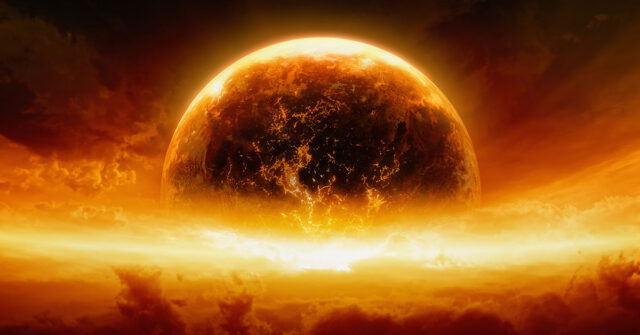

Tyr: The God of War
Tyr was a brave warrior and the god of war, law, and justice. He gained fame for sacrificing his hand to bind the monstrous wolf Fenrir, ensuring the safety of the gods.
Heimdall: The Watchman of the Gods
Heimdall, the watchful guardian of Asgard’s rainbow bridge, Bifrost, possessed extraordinary senses, allowing him to detect any threat from afar. Heimdall was destined to face Loki in battle during Ragnarok.
Conclusion
Norse mythology’s gods and goddesses provide a fascinating and rich glimpse into the beliefs and values of the Vikings.
The tales of the Aesir and Vanir not only depict the awe-inspiring deities but also offer profound insights into the struggles, alliances, and the essence of the Viking world.
As we explore these ancient stories, we can appreciate the complex and vibrant tapestry of myths that continue to captivate and inspire us today.









